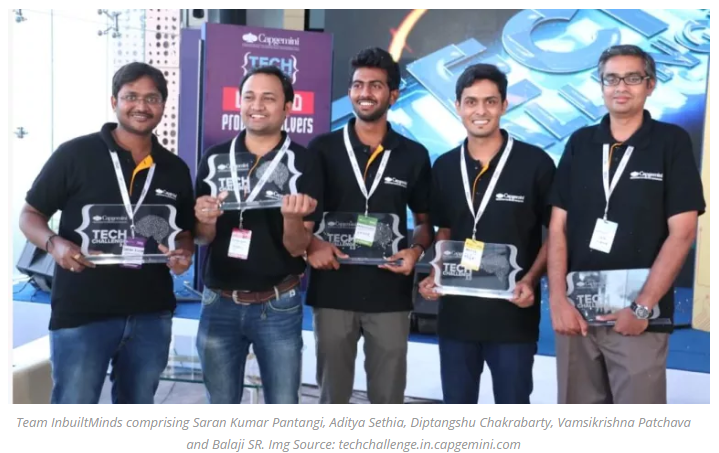Earlier this week, we brought you Part 1 of the two-part series on how to build a culture of analytics in your organization. In Part 2, we cover three more steps that must be taken to further foster an analytics culture:
- Invest in Data Analytics Tools & Training
A journey in data analytics needs investment in the right people and tools. As of 2016, the combined valuation of investments in big data and business analytics solutions stands at nearly $17 billion.
This shouldn’t put off new organizations as their entire investment need not be made upfront. Judicious spend can be made in analytics solutions starting with the IT team on a moderate scale. This team can help create reusable components and workflows in-house that can be easily replicated across the organization. A great approach is to centralize the core data models and analytics’ framework and rollout visually appealing dashboards and reports for the larger mass.
While doing this, the focus should be on capability building through ‘train the trainer’ practices. This would help democratize the usage of analytics to a significant extent; thus, building a culture over the longer term. - Reward Data Driven Decisions
It is true for analytics (as in all IT projects) that unless users are incentivized they will not make the change. To build a sustainable analytics culture, the users will need initial handholding and rewarding. The management should work with the Human Resources team to introduce reward & recognition schemes for the most data-driven department, user etc. Performance appraisal goals should also be aligned to reflect the data-centric focus. As the user begins to get increasingly used to better business insights (and decisions) reinforced by management rewards, there will be no looking back. - Allow Mistakes to Happen
It would be prudent to appreciate that Rome was not built in a day. No project can be a big bang success overnight. A tolerant approach to mistakes will encourage the workforce to experiment with data analytics and try new things. An incremental journey of learning from mistakes and plugging the lessons back into the analytics practice needs to be taken. This will stand the organization in good stead as it will bring out newer use cases for data analytics and create ‘data citizens’ out of regular employees. More than anything, it will go the longest way in creating the desired culture.








